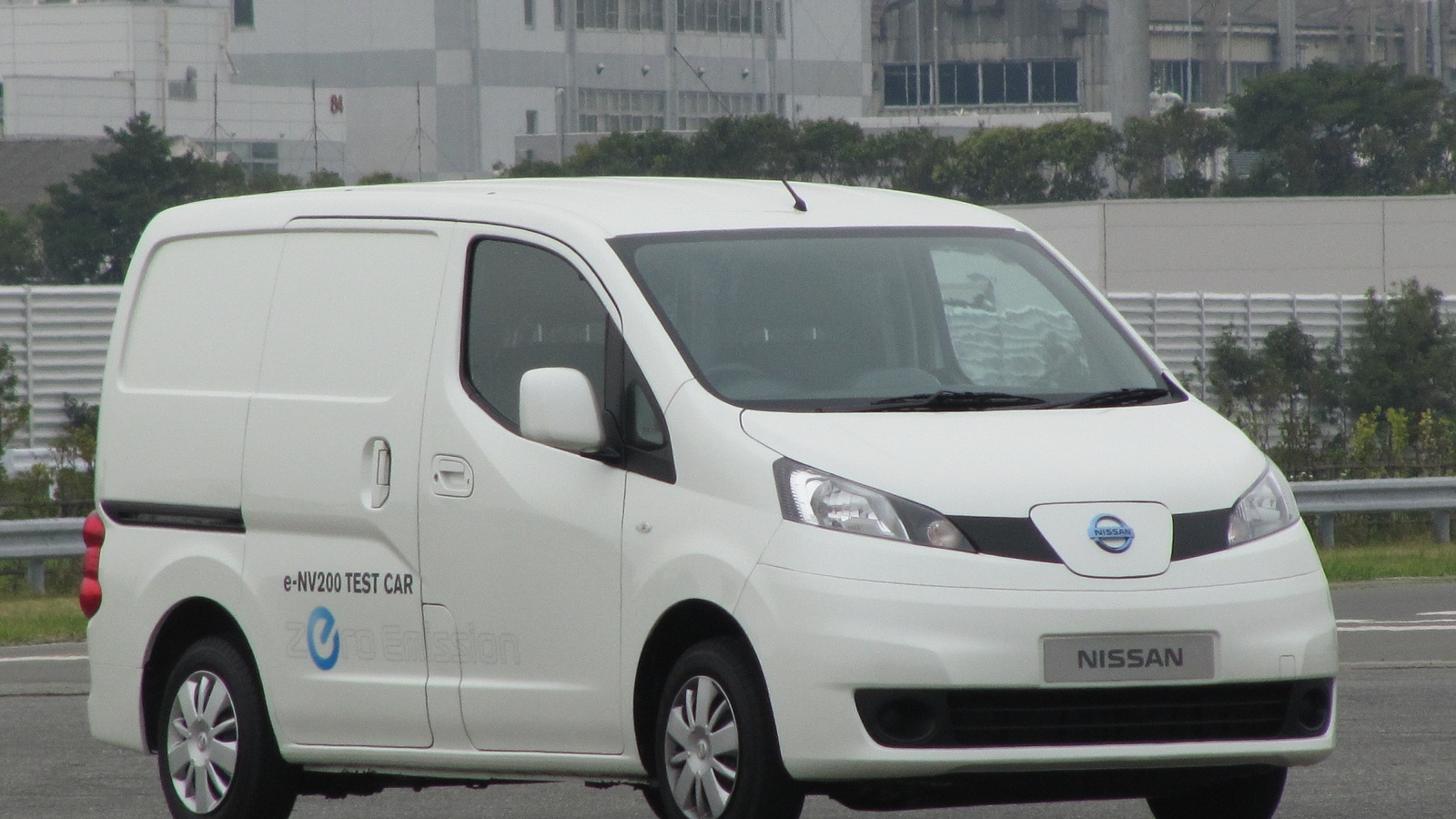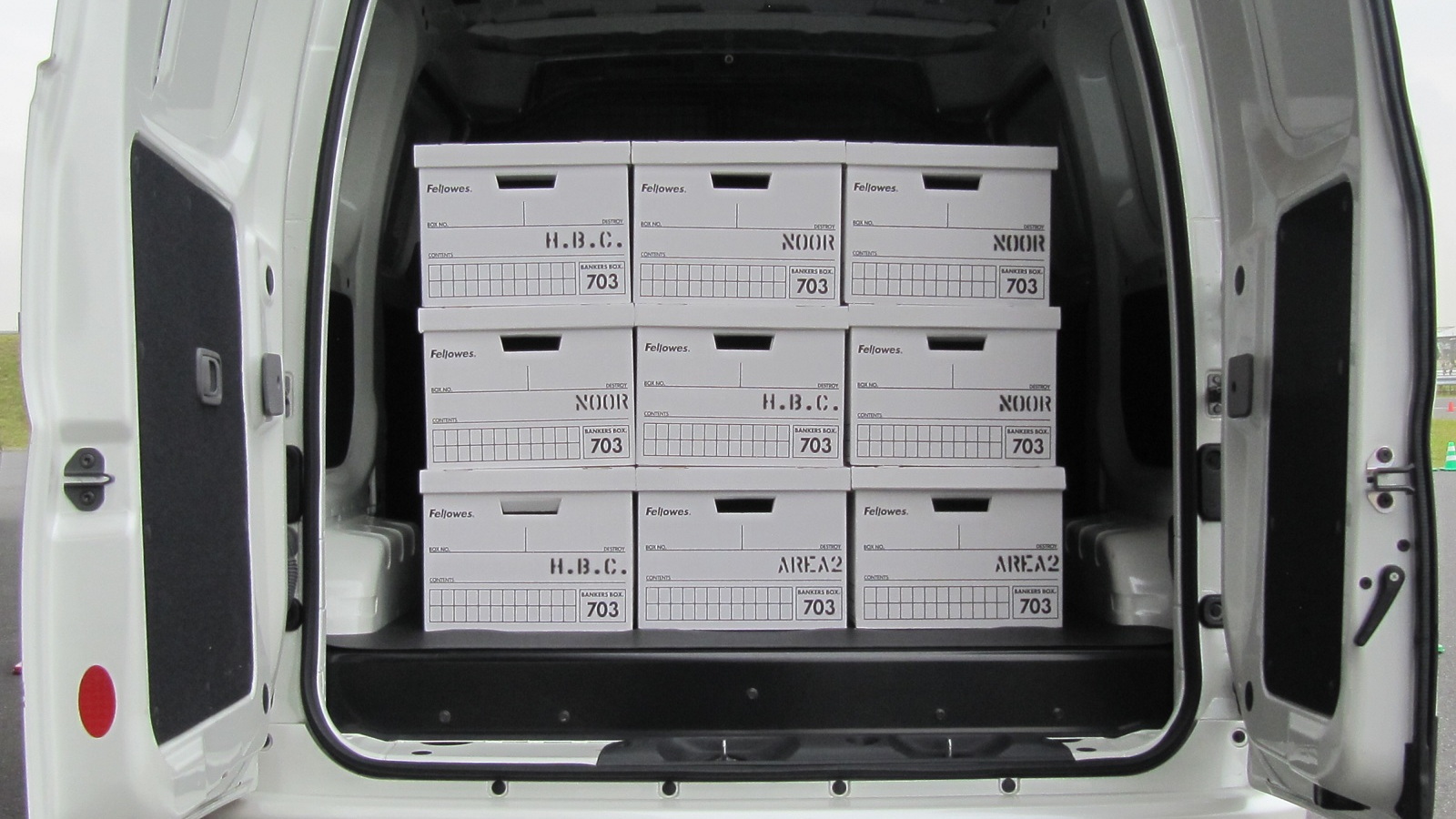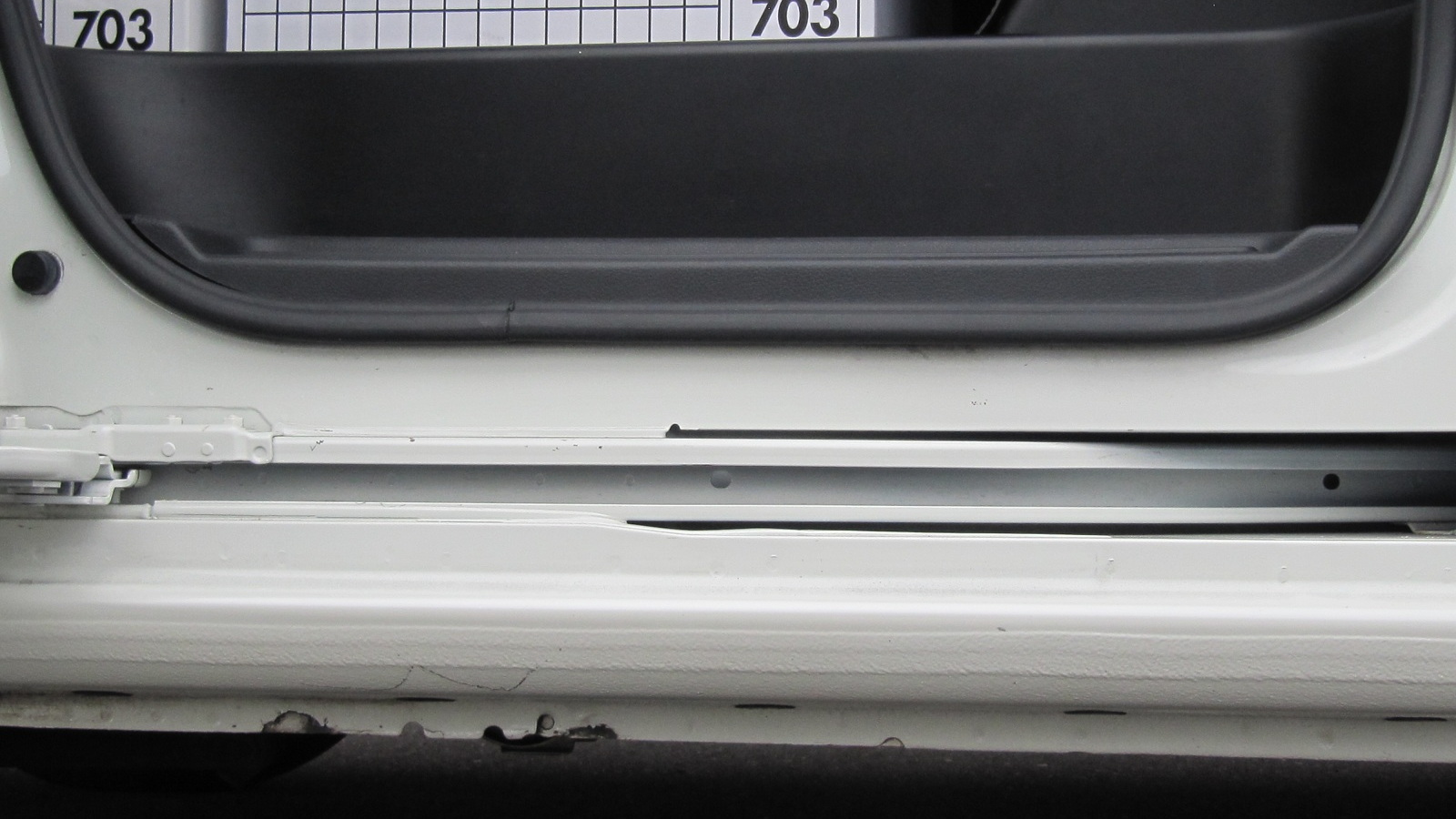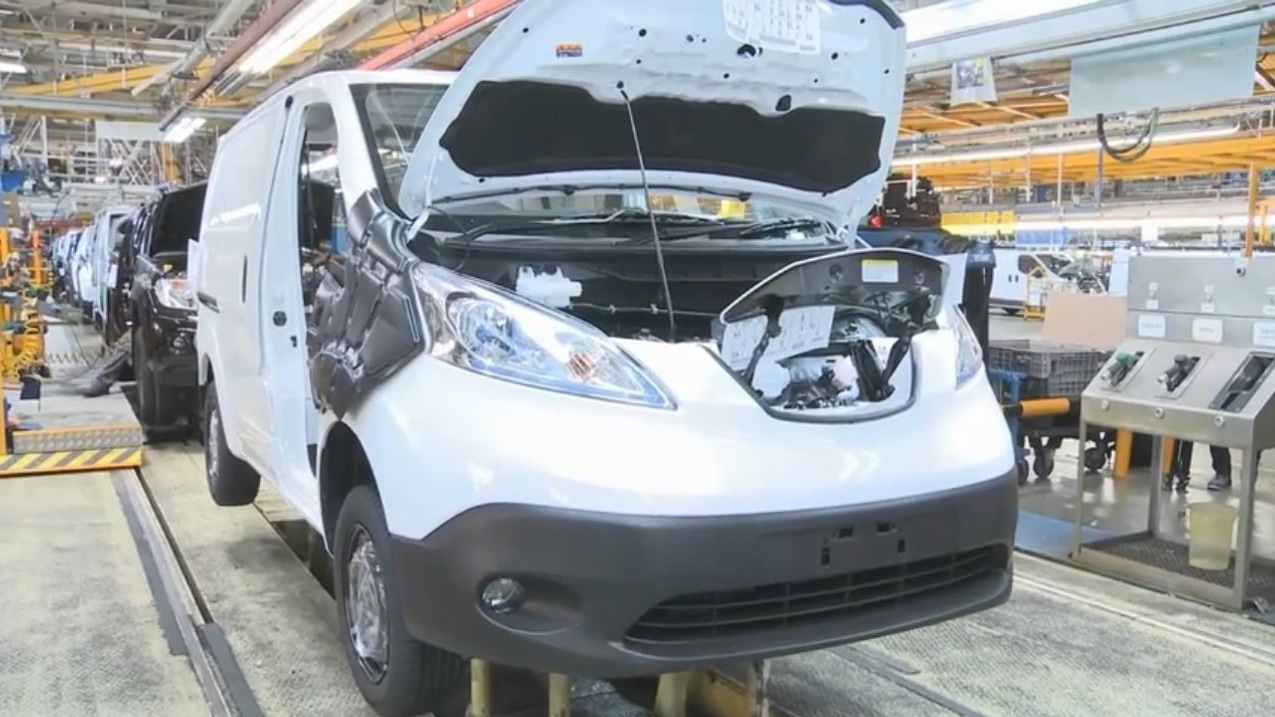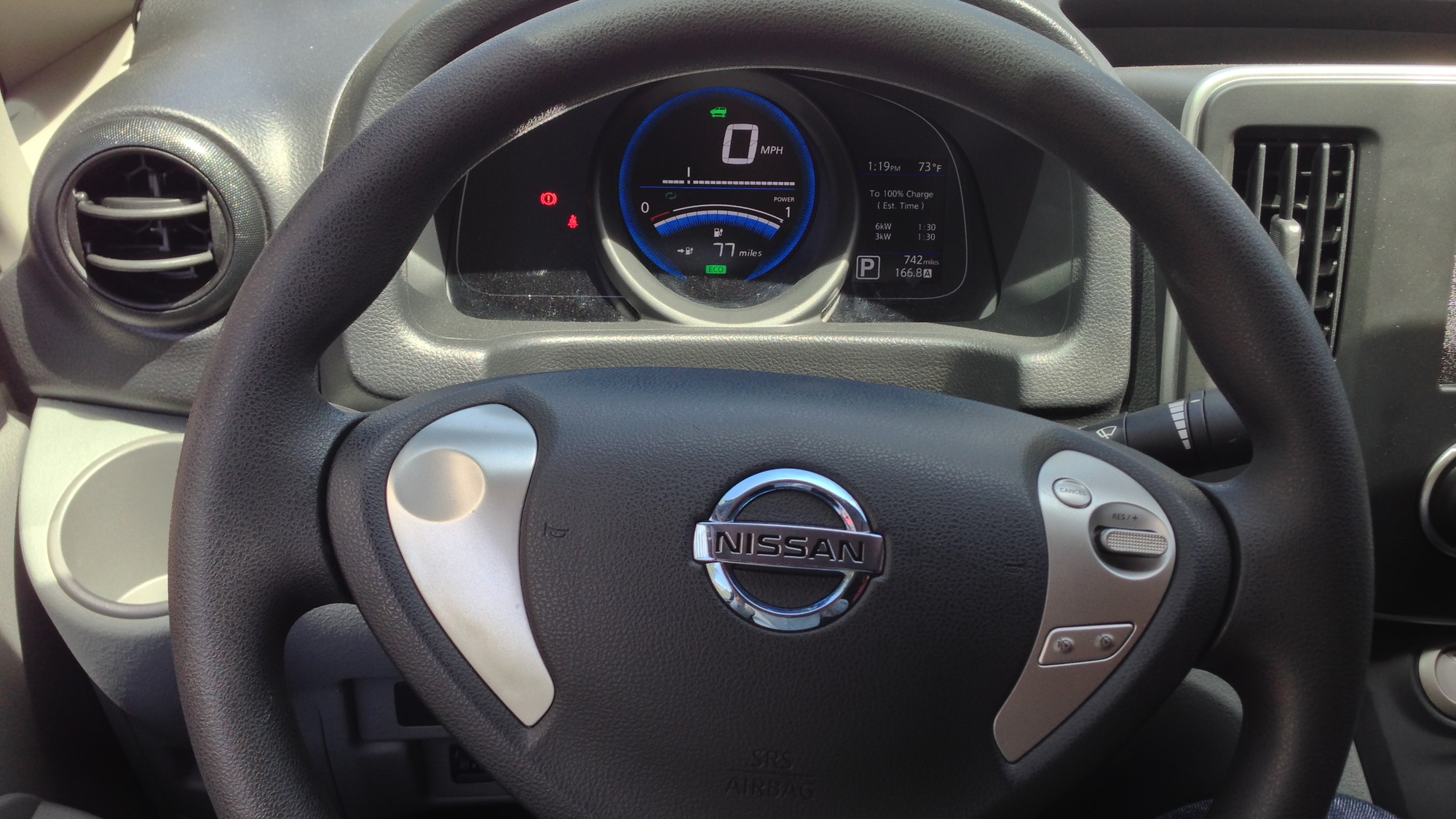The Nissan Leaf is by far the world's best-selling electric car, but one of the ways Nissan has kept its cost down is by eliminating an active-cooling system for its lithium-ion battery pack.
Now, however, its second mass-produced electric vehicle--the Nissan e-NV200 small commercial van--turns out to have a slightly different battery pack design than the Leaf.
![Nissan e-NV200 battery pack cutaway, incl thermal conditioning connectors [photo: Transport Evolved] Nissan e-NV200 battery pack cutaway, incl thermal conditioning connectors [photo: Transport Evolved]](https://images.hgmsites.net/lrg/nissan-e-nv200-battery-pack-cutaway-incl-thermal-conditioning-connectors-photo-transport-evolved_100469998_l.jpg)
Nissan e-NV200 battery pack cutaway, incl thermal conditioning connectors [photo: Transport Evolved]
And it uses the vehicle's electric air-condiioning unit to route cool air through the pack when the electric van's battery management system decides it's warranted.
DON'T MISS: Driving Nissan e-NV200 All-Electric Small Commercial Van
The cooling channels in the pack were first covered on Transport Evolved, which noticed them at the European media preview of the e-NV200 held last week.
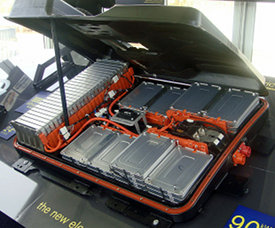
Lithium-ion battery pack of 2011 Nissan Leaf, showing cells assembled into modules
According to the European press materials, the "bespoke cooling pack" is intended for use "during quick charging," which can create a great deal of heat as the battery is recharged to 80 percent of its capacity within 30 minutes.
Nissan goes on to explain it expects the e-NV200 to be used in ways quite different than the Leaf, including intensive operation during the business day and much greater use of DC quick charging to minimize the time the van is off the road.
Consequently, cooled air from the e-NV200's climate-control system is routed through channels over the battery cells "to ensure optimum charging conditions at all times."
The same system also "wafts warm air over the battery," again to keep the pack at the best operating temperature for long life.
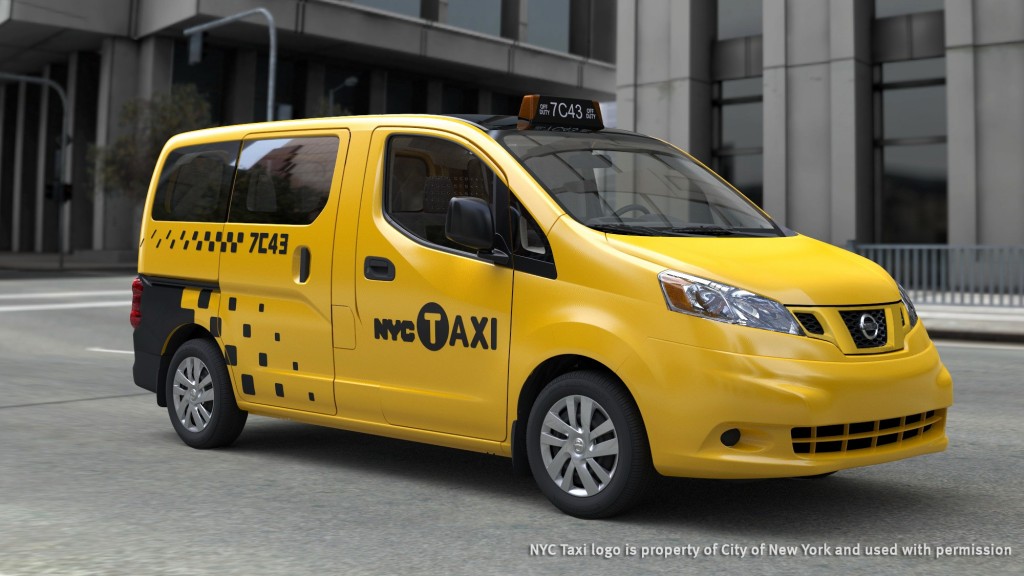
Nissan NV200 Taxi
Those uses include all-electric taxis, which may be on the road up to 20 hours a day or more--and have to endure DC quick charging as much as three or four times on some days.
ALSO SEE: Nissan Leaf Likely To Offer Larger Battery For Longer Range
The Nissan approach of using the vehicle's heating, ventilating, and air conditioning (HVAC) system for active thermal management of battery temperature is similar to that used by BMW, Mercedes-Benz, and other makers in certain hybrid and plug-in hybrid vehicles.
And it stands in contrast to the Leaf approach of using only passive conditioning--essentially, the battery pack shedding heat by radiating it to the atmosphere.
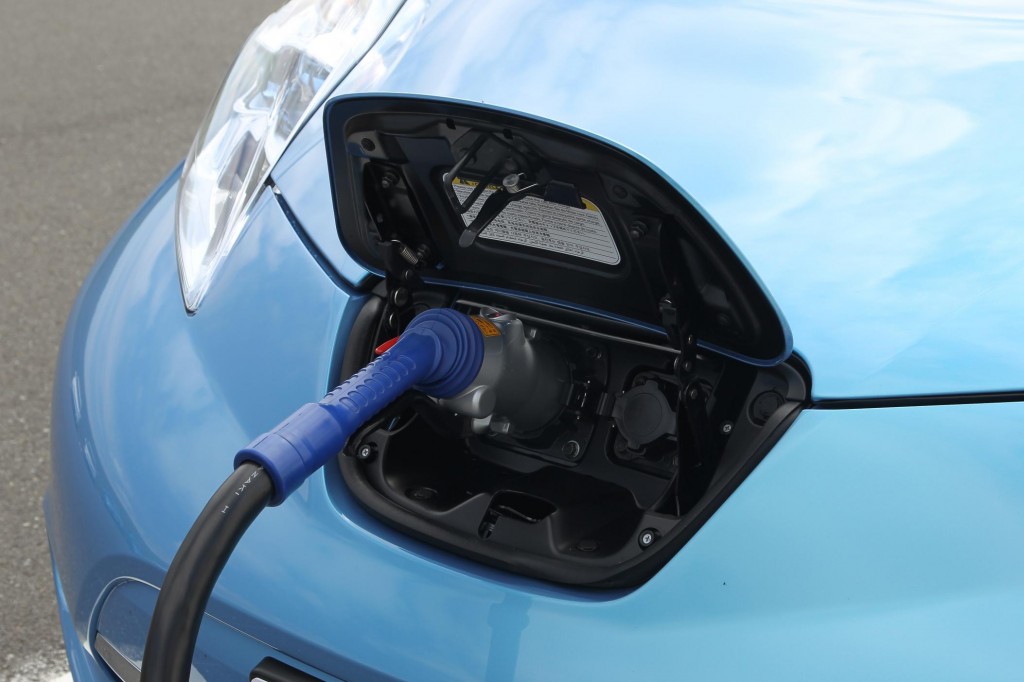
Nissan Leaf using CHAdeMO fast-charger
That has gotten Nissan in trouble with a small but vocal group of owners in extremely hot climates, notably Phoenix, Arizona, where asphalt road temperatures can reach 160 deg F (70 deg C) or more in the baking desert summer sun.
Their Leafs have lost battery capacity more quickly than expected, leading Nissan to promise a minor switch in lithium-ion cell chemistry to one that tolerates high temperatures much better.
That revised battery chemistry is expected to roll out sometime this summer.
MORE: Nissan Tests New Heat-Resistant Battery For Leaf Electric Car
Could the thermally-managed pack from the e-NV200 indicate a potential change in future Leaf battery design?
Brian Brockman of Nissan North America declined, as always, to comment on future products.
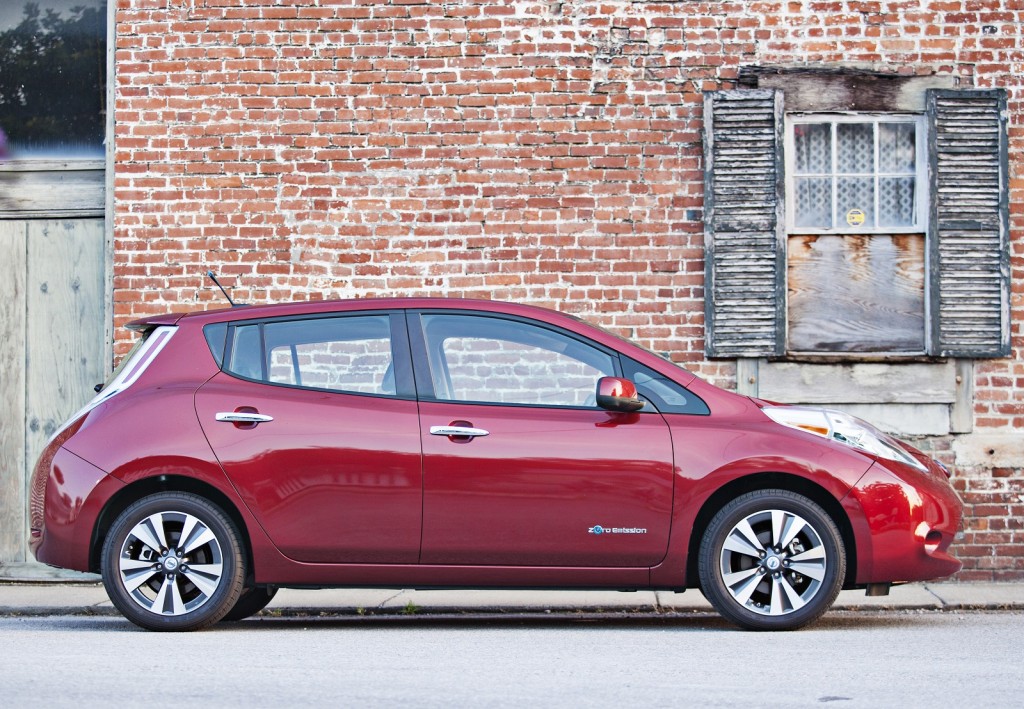
2014 Nissan Leaf
But Nissan's product czar Andy Palmer has said in the past that the company would consider active thermal conditioning using air, although he has dismissed the liquid battery cooling and heating used by General Motors, Tesla, and other makers.
So the electric van's thermally-conditioned pack could be viewed as a test-bed for a next-generation Leaf battery--especially in the harsher and more varied duty cycles of North America.
We already know the next Nissan Leaf will offer a variety of battery-pack sizes. Perhaps the active conditioning will only be applied to the larger pack sizes, which will cost more, while the existing 24-kilowatt-hour pack does without as the entry-level and lowest-cost Leaf model.
Or, the revised pack may be no more than what Nissan says: an adaptation for the tougher duty cycles of an electric van expected to be on the road many more hours a day than the vast majority of Nissan Leaf electric cars.
_______________________________________________
